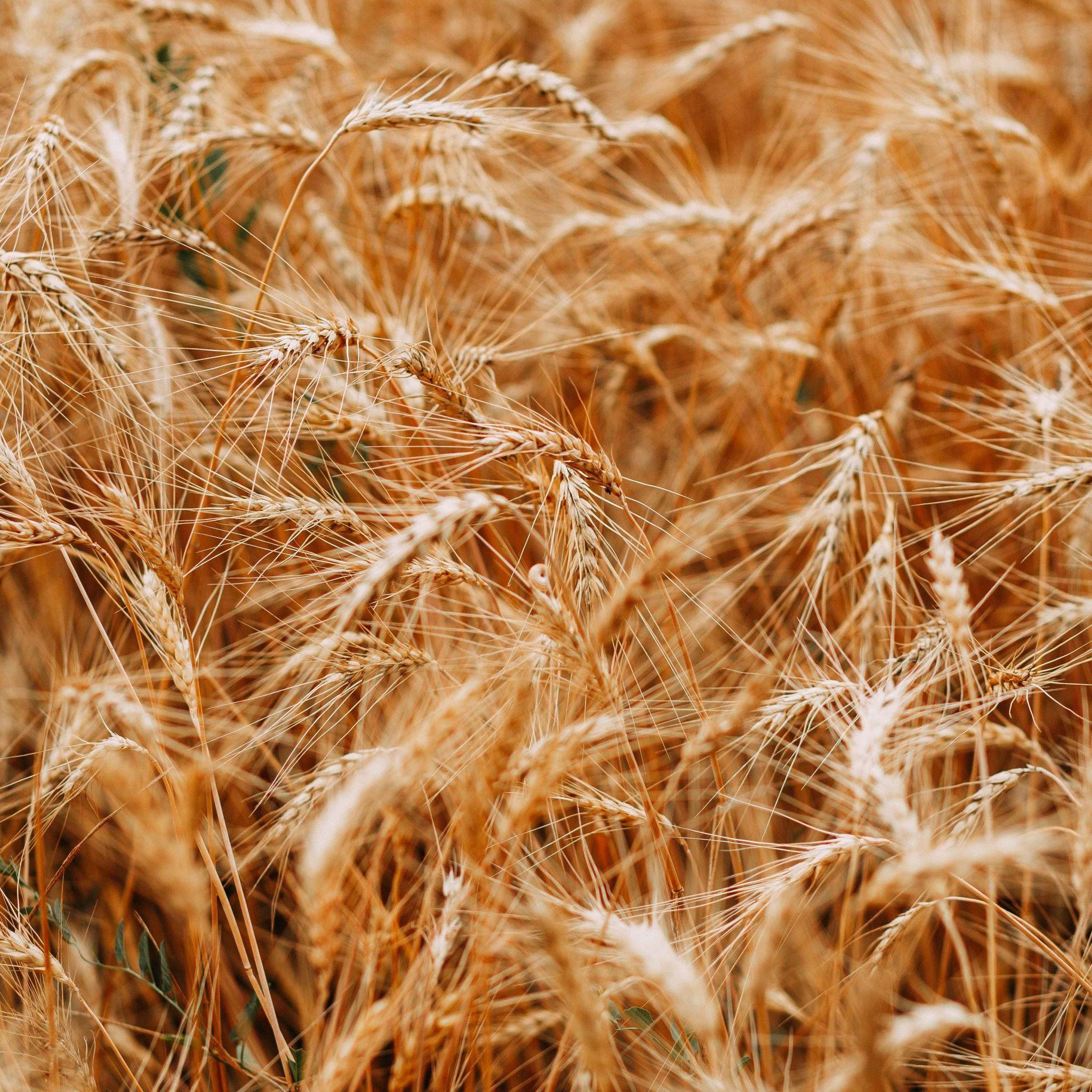
Submitted by Michela Leonardi on Fri, 11/03/2022 - 17:33
Robert and Andrea published in Communications Earth & Environment a paper on how optimising the spatial distribution of global croplands could reduce environmental impacts whilst maintaining current production levels.
Robert M. Beyer, Fangyuan Hua, Philip A. Martin, Andrea Manica, Tim Rademacher (2022) Relocating croplands could drastically reduce the environmental impacts of global food production Communications Earth & Environment 3: 49 (2022)
Abstract:
Agricultural production has replaced natural ecosystems across the planet, becoming a major driver of carbon emissions, biodiversity loss, and freshwater consumption. Here we combined global crop yield and environmental data in a ~1-million-dimensional mathematical optimisation framework to determine how optimising the spatial distribution of global croplands could reduce environmental impacts whilst maintaining current crop production levels. We estimate that relocating current croplands to optimal locations, whilst allowing ecosystems in then-abandoned areas to regenerate, could simultaneously decrease the current carbon, biodiversity, and irrigation water footprint of global crop production by 71%, 87%, and 100%, respectively, assuming high-input farming on newly established sites. The optimal global distribution of crops is largely similar for current and end-of-century climatic conditions across emission scenarios. Substantial impact reductions could already be achieved by relocating only a small proportion of worldwide crop production, relocating croplands only within national borders, and assuming less intensive farming systems.
